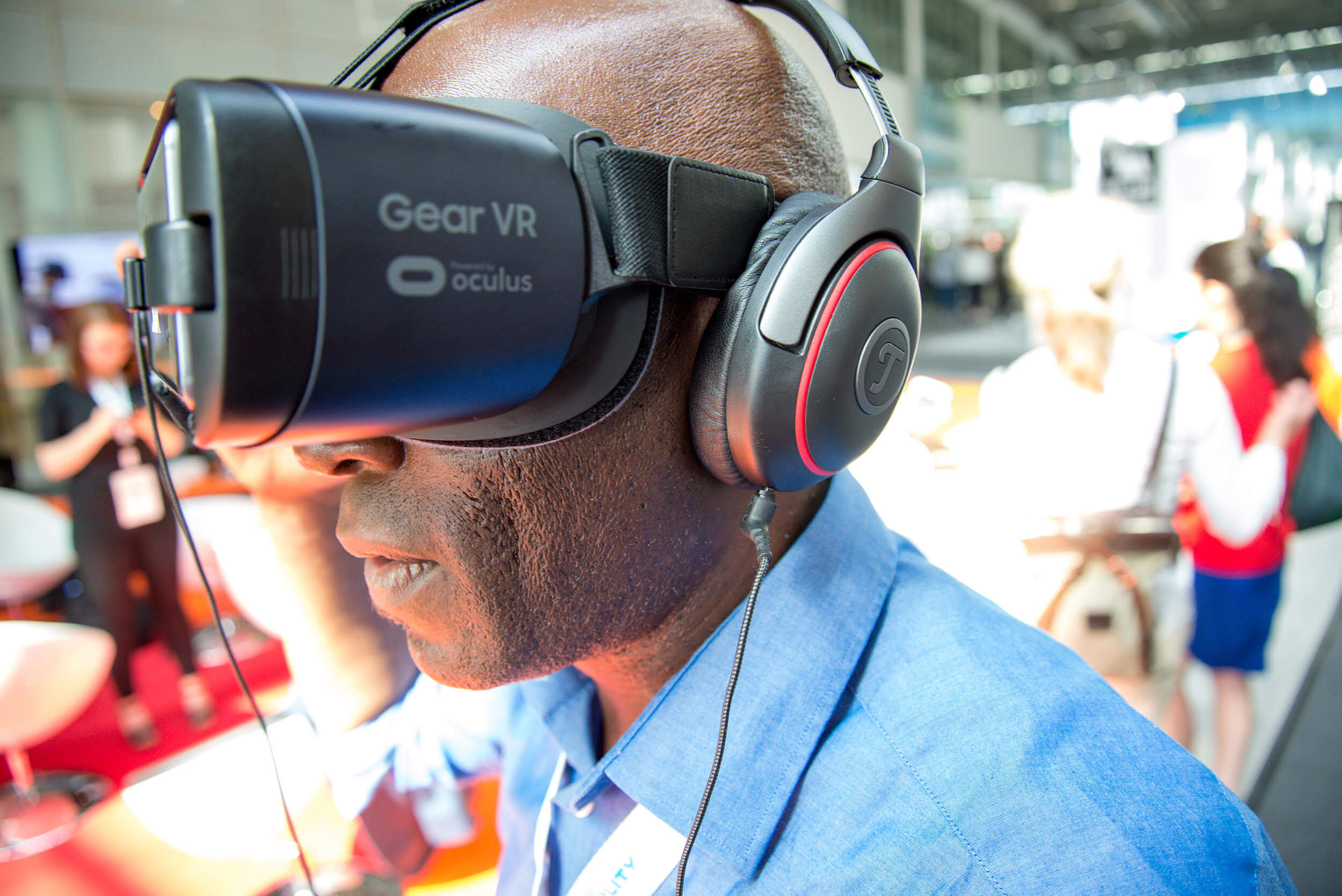
Virtual Reality and Architecture: A New World of Digital Visualization
Changing Architecture’s Present and Future
Video games have been at the forefront of innovation since the 1980s, and plenty of today’s emerging technologies originated as improvements to the way players view and interact with gaming content.
For the past four decades, the gaming industry has gone from representing the real world to recreating it in an arms race around making the user experience more realistic, immersive, and interactive than ever before.
This pursuit for realism and interaction continues to drive the gaming industry forward, and to encourage innovation to an extent seldom seen in other industries. Today, as game developers continue to approach increasingly realistic digital environments, we find ourselves in the age of Virtual Reality.
Also known as VR, Virtual Reality is a technology that allows users to experience immersive digital environments and simulations using a headset and other equipment fitted with motion sensors. With VR, we can not only explore the imaginary worlds of videogames, but also recreate and reimagine existing environments, and share our experience with other users.
In this article we explore how VR is reshaping the way designers and their clients experience a project through the design process, and what the future holds in store for VR in architecture!
Virtual Reality, or VR, is a computer-generated fully immersive simulation. A VR headset, along with other equipment fitted with sensors, allows users to navigate and interact with three-dimensional virtual environments.
Virtual Worlds: Clarity through immersive digital visualization
Virtual worlds are computer-simulated 3D environments, traditionally visualized on a monitor screen and navigated using hand-held controllers.
VR opens the door to inhabiting these virtual worlds, and it offers users an entirely new and immersive experience of virtual spaces. Instead of looking into the screen, users can now see the world directly on a headset, and navigate it using visual or verbal commands and sensor-fitted controllers (See Video 2).
The possibility of navigating a VR environment has profound implications for the architecture industry, particularly in the way clients and architects visualize a project through the design process.
To start, consider how VR offers an alternative (or complement) to traditional visualization tools like renderings, or even to drawings of floorplans and elevations that often mean little to a client. This technology allows architects and their clients to immerse themselves in photorealistic design concepts, and leaves little room for error in a client’s understanding of design ideas.
There is great value in putting a headset on, and becoming immersed in a virtual world of what is to become our home, or our office, long before we can get to inhabit it.
Beyond the Headset: Interactive Virtual Spaces
Unlike technologies such as Augmented Reality, VR is a relatively new invention still being held back by expensive hardware and software.
Limitations to VR are mostly related to user interaction and the level of quality of a virtual world, given how demanding both can be on hardware. But, this is not to say that VR content is not immersive enough to create the illusion that users can inhabit and navigate a virtual world.
For architecture firms, the time to embrace VR is now. As it exists today, VR already offers a superior alternative to traditional visualization methods, and early implementation into a firm’s design process can offset excess costs in the long run.
Architects already create 3D models of their projects, whether these relate to existing or prospective spaces. VR uses these exact same models as the basis for virtual environments, but renders them in a format compatible with VR headsets.
If we look at renovation projects, for example, we can even bypass the need to manually model a space. Three-dimensional cameras like Matterport create virtual environments using thousands of photos of a space, and take a fraction of the time of 3D modeling. Designers and their clients can then jump into these models, navigate them, offer feedback, and make design changes in real time. For designers, this offer a more accurate and informative rendering of a space, and for clients a better understanding at every stage of the project.
Gaming: The past and future of Virtual Reality
Videogames gave birth to VR, and they also hold the key to many of its future applications in architecture and design.
There are VR games already in the market offering multiple players the option to interact within a common environment. In less than a decade, these environments have evolved from rudimentary open grid systems to complex and constantly evolving open worlds.
In No Man’s Sky, a multiplayer space exploration game, VR players use a standard headset and hand-held controller to navigate and explore an open world, and interact with other players in it. The hand-held controller activates a “multitool” inside the VR universe, and uses motion sensors to perform a wide range of in-game functions.
Fully interactive multiplayer worlds represent the next step in the integration of VR into the design process, and applying gaming principles to the visualization of space offers invaluable tools to architects and their clients.
Project walkthroughs, for example, have long been an industry standard, but remain fixed to the screen and offer no possible ways to edit or interact with digital content. Existing VR tools already address this limitation, and are in use at Vellum Architects and other firms across the country.
Prospect, by IrisVR, is one of these applications; it enables designers and their clients to jump into real scale VR versions of their 3D models, eliminating any confusion when communicating design concepts, and saving time and money for client and designers.
Virtual Reality at Vellum Architects: Exploring the Future, Today.
At Vellum Architects we pride ourselves in our drive to innovate, and a passion for integrating new technologies into the design process.
Despite VR’s current limitations, we understand its value to digital visualization, and are already successfully integrating it into some of our projects. We also continue to explore new technologies, and will cover some of these, and their applications to architecture, in our next article in this series.
